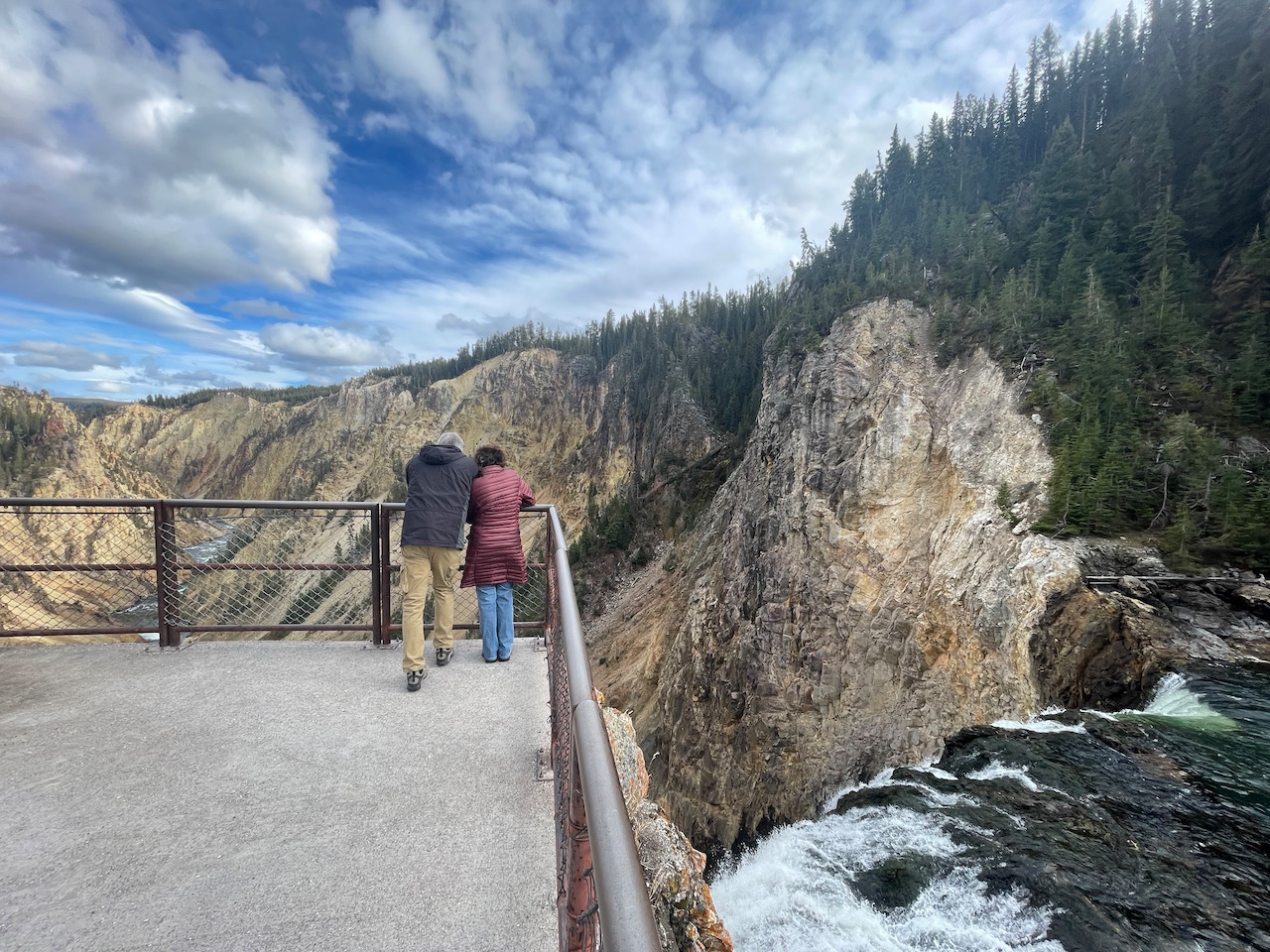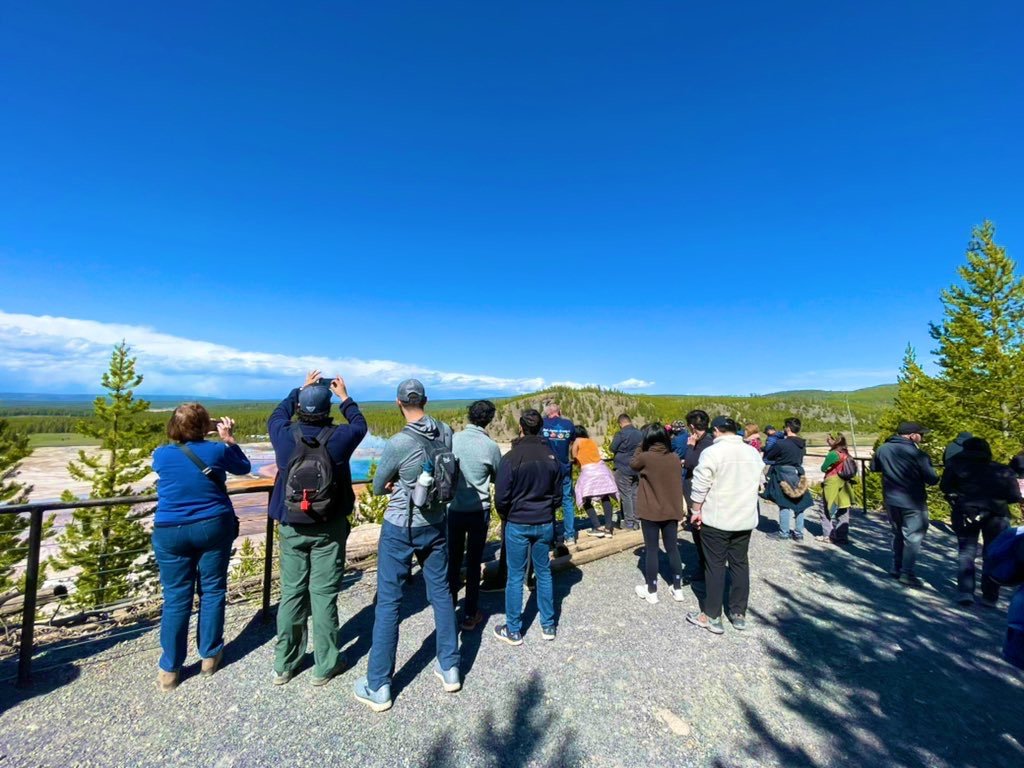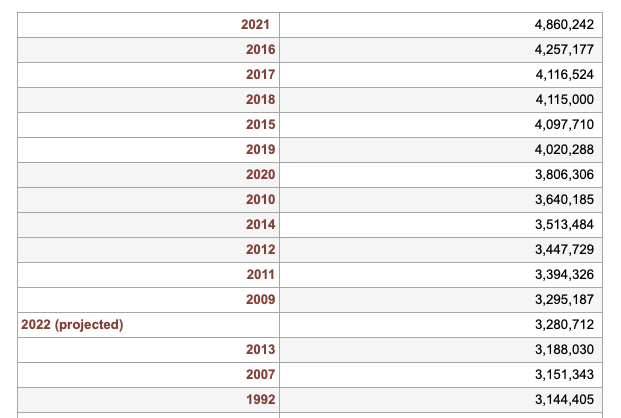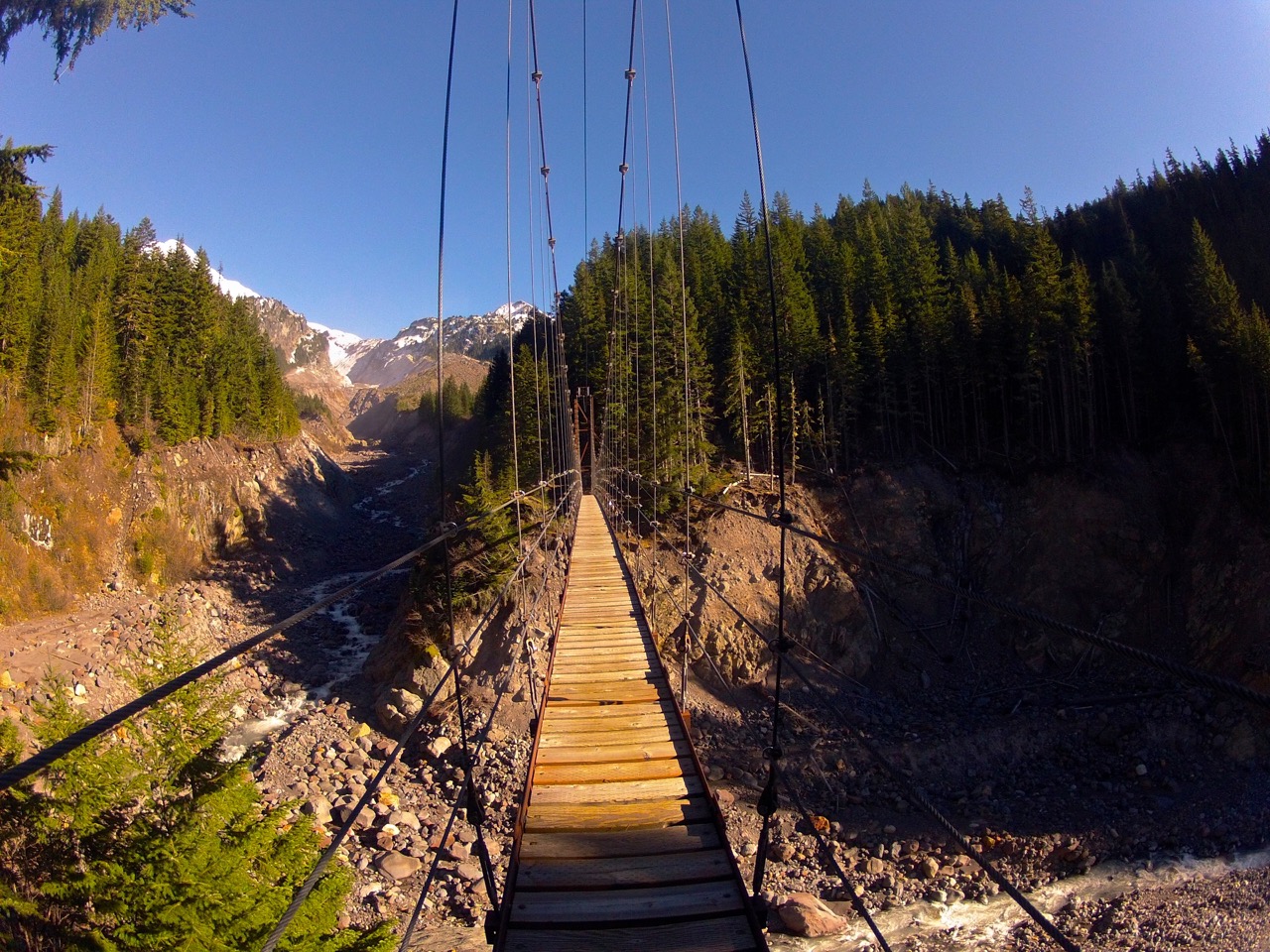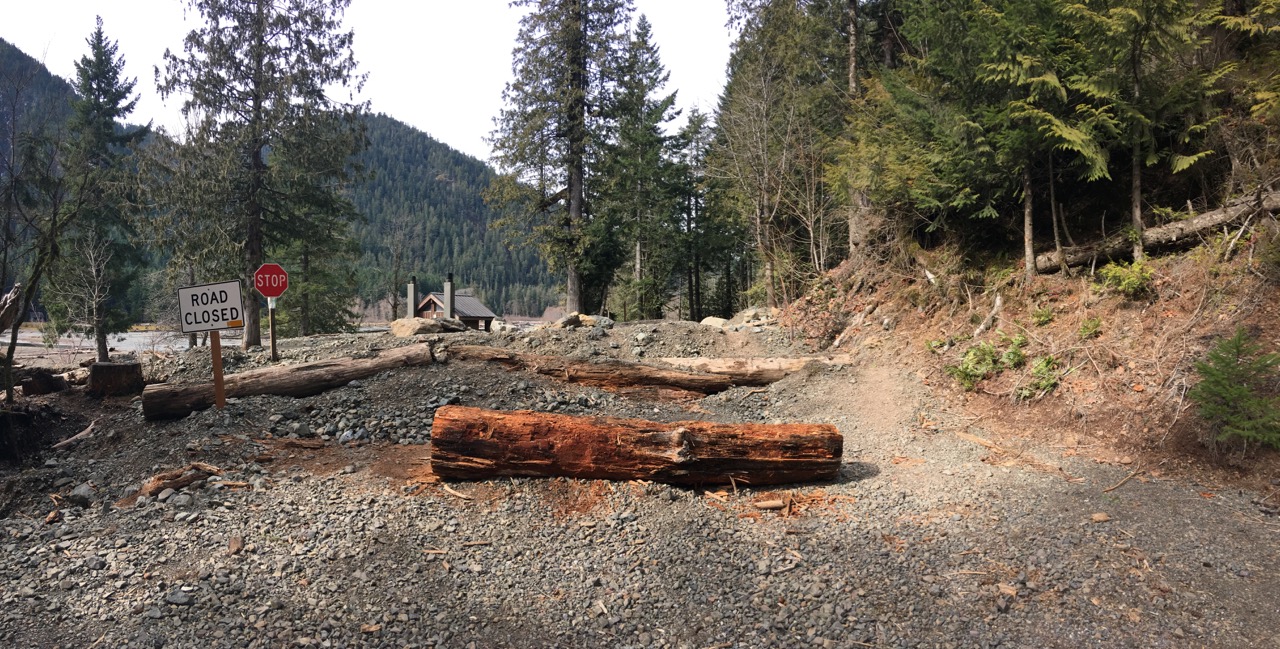Leading up to the intense and devastating flooding of June 2022, Yellowstone National Park and the surround communities were preparing for the yearly influx of summer visitors. The previous year, 2021, saw a record number of visitors (4.8 million) and all signs were pointing toward a repeat, if not an increase. After all, the park was celebrating 150 years of existence. Then a heavy snow, followed by increased temperatures and rain, washed out access to the entire north section of the park, closing down entrances in Silver Gate and Gardiner. Both these towns, including Cooke City, became near ghost towns, as the normal influx of visitors that keep the small communities afloat stayed far away. Despite that, the annual visitation numbers will in the top 15 busiest years of all time.
TL;DR: Yellowstone suffered a serious decrease in visitation due to the 2022 flooding, negatively impacting an economy based on tourism during the busiest months. Despite the decrease, the park will still have seen over three million people in 2022, potentially placing it as the 13th busiest year.
Visitation in 2022’s Impact on the Economy
As pictures and videos of homes and bridges being washed away, as well as the destruction to the roads of the northern regions of the park spread throughout the world, plans were canceled all around the Greater Yellowstone Ecosystem. Decreases in visitation impacted West Yellowstone, Livingston, Big Sky and even Bozeman at the start of the busiest months of the year.
Studies have shown that Yellowstone generates and economic impact of ~$642 million. Using 2021’s record numbers of visitation, which the park was on pace to see in 2022, the economic impact of the flooding was huge. The average visitor, using the $642 million number and 2021 visitation, spends about $132.10 on their visit to the region. The decrease in this year’s visitation from 2021, which will be around 1.5 million less people, could potentially have an economic impact that sees ~$200 million less dollars to the region. Obviously, some of this revenue doesn’t actually go directly to the small towns that depend on the park’s visitors, but the number is high enough that many communities are still severely struggling.
Back to Visitation
Historically, at least in the last twenty years, the months of June, July, August and September see roughly two and a half to three million visitors, with numbers passing well over three million in recent years for the four month window. In 2021, these four months saw 3.8 million people enter, adventure and leave the park.
For the first five months of 2022, the atmosphere in and around the park suggested that this year would be busier. January and February were up 29% in visitation compared with the record 2021 numbers. March was even with 2021, but April and May saw increases in visitation from 2021 of 17.5% and 10.5%, respectively.
Then, the flooding happened and visitation plummeted.
June was down 42.83% from 2021.
July, the busiest month for visitation, was down 44.8%.
August and September started to close the gap between 2021, but very slowly, as both months were still down roughly 36% compared to the previous year.
October continued the climb out of the low visitation, seeing a decrease of “just” 26.7% of 2021 numbers.
Reading this, one would assume that the park is experiencing visitation numbers unheard of over the last few decades. After some number crunching, I made a discovery. If park visitation in November and December is at average levels, which there is little reason why it won’t be, then 2022 will still finish in the top 15 visitation years of all-time.
Behind the Data
To reach the projected number of visitors, I took the average amount of visitors in November and December over the last 20 years and applied it to the recreation visits of 2022. November typically sees around 14,000 recreation visitors, while December gets a bump from the opening of tours into the interior of the park from Mammoth and West Yellowstone, averaging 20,000 visitors. I went back 20 years to account for the potential of 2022 seeing lower numbers than the average, due to snowy conditions or any number of other issues.
Through October of 2022, Yellowstone had 3,246,686 recreation visitors. I took that number, ran the 20 year average for both November and December and got 34,724.6 visitors that I expect will visit the park in the remaining few weeks of the year. Again, this number may fluctuate a bit, so it could be higher than 2009, but I don’t see it reaching up to surpass 2011 numbers.
What Does It All Mean?
Probably not much in the long run. My main takeaway from these numbers is pretty simple. The 150th anniversary of Yellowstone National Park will be extremely memorable. The park’s popularity will remain and we will continue to be very busy in June, July, August and September. While the closure lowered visitation, people didn’t stay away as much as they could have. The park did an amazing job at reopening and ensuring that the area remained accessible “for the benefit and enjoyment of the people.”
Next year could see record numbers. It could also see a bit more of a calm summer, as many may continue to avoid the area for awhile due to the perception that things are still closed off. There is just no way to currently tell what the future holds. Sadly, despite what I am assuming will be a mostly normal return to increased visitation in 2023, it will take years for towns like Gardiner, Cooke City and Silver Gate to recover economically.
Do what you will with this information. I am well aware that I may be the only person that cares about this, but it was fun to share.

